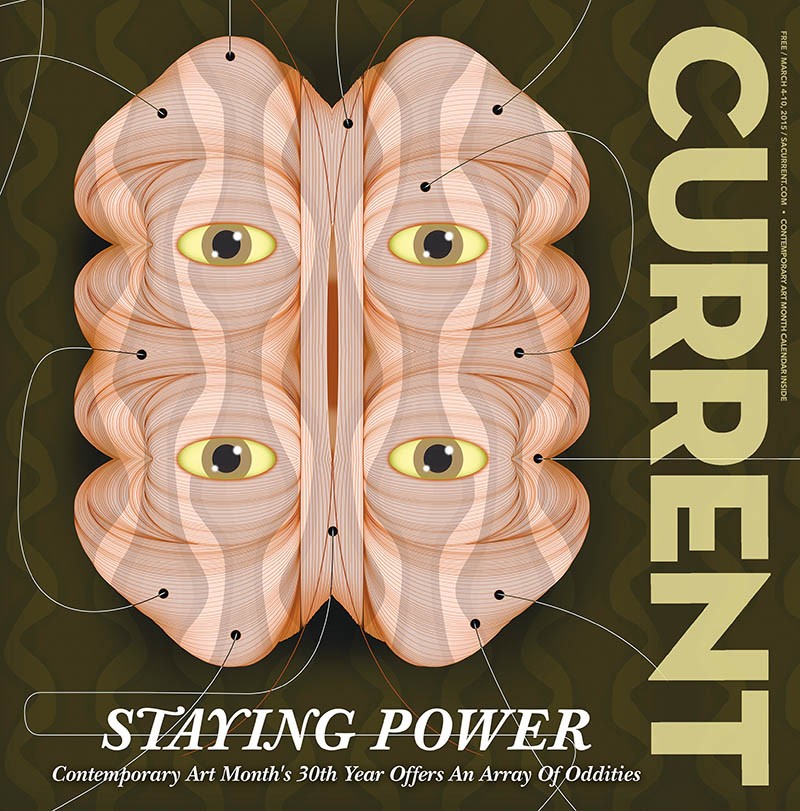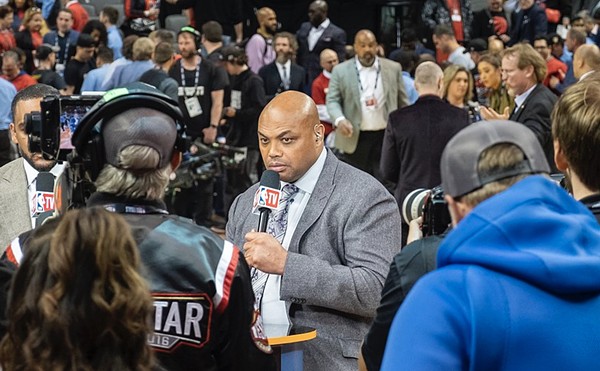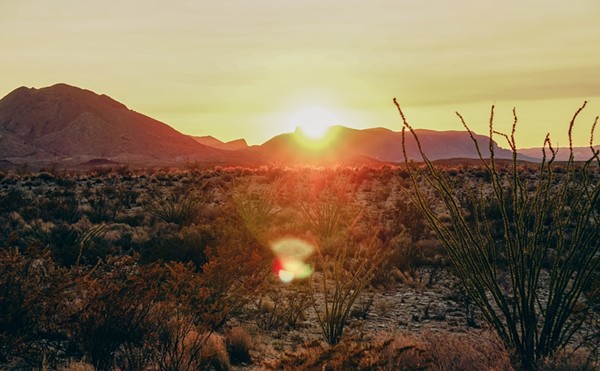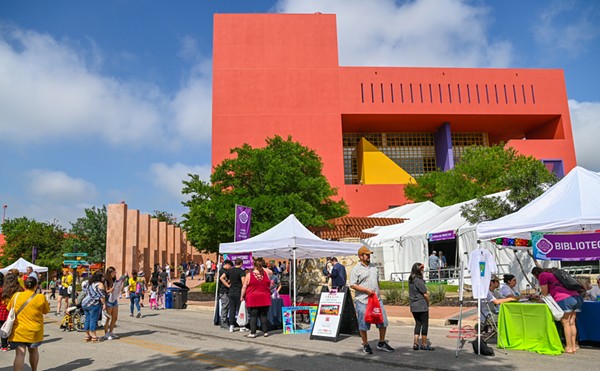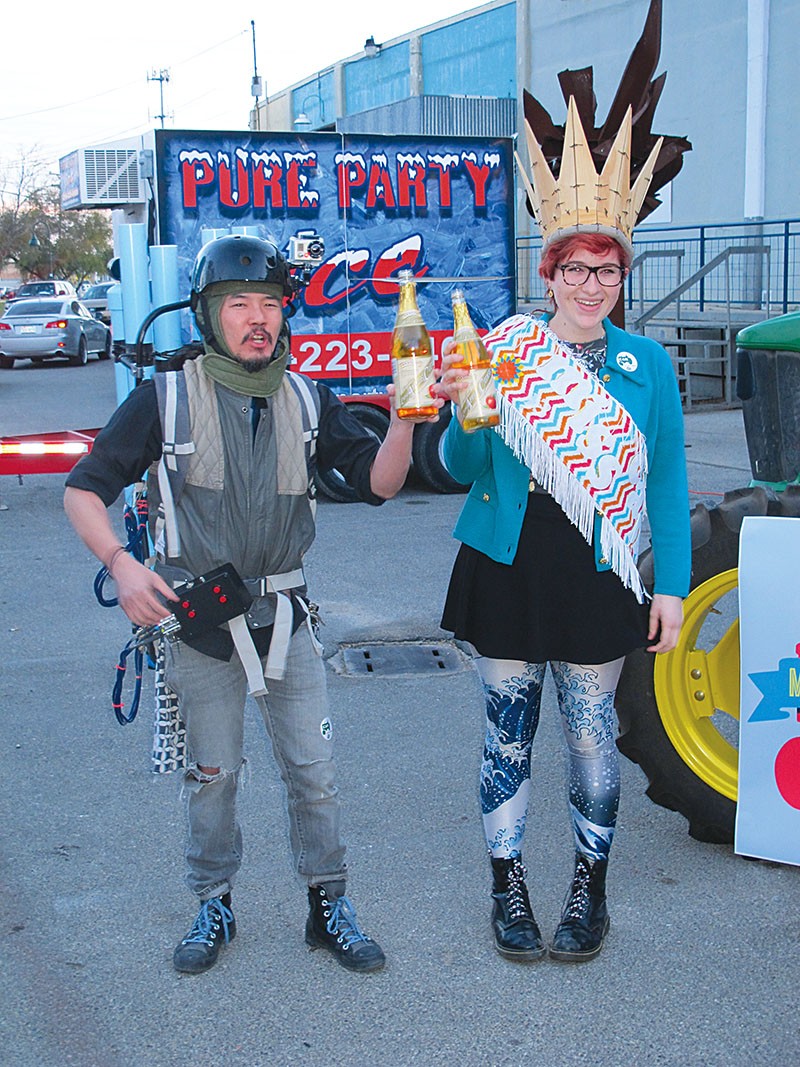
Hard to believe something that's been around for 30 years is still called "contemporary." But Contemporary Art Month endures, turning March into an event-filled celebration of art being made in San Antonio with an emphasis on the innovative, experimental and edgy.
"Not only is it amazing CAM is still around, it's surprising it's still so needed," Chris Sauter, co-chairman, told the Current. "It provides a great platform for new, young artists to show their work. That's why it's still happening."
For 11 months of the year, San Antonio's contemporary art scene is fragmented into different camps and neighborhoods. But come March, this diverse, eclectic, anti-establishment community comes together for CAM.
"The truth is CAM is mainly a marketing tool, but it encourages artists to get out of their comfort zones and try to engage a larger audience," Sauter said.
Miss CAM Antonio, open to all genders, is a virtual pageant that asks: "How would you promote contemporary art in San Antonio?" Contestants post their answers on a Facebook page. Four finalists will be picked based on the number of "likes" they get, and the winner will be selected by CAM. The winner will be crowned during the CAM kick-off party Thursday night at Blue Star Contemporary Art Museum.
"One of the most important things CAM does is bring in outside curators and artists in a cultural exchange," Sauter said. "This year, we're working with New Orleans."
Amy Mackie, co-director of the PARSE artist residency program in New Orleans, curated the CAM Perennial exhibit, "Move Me," opening March 13 at the Museo Guadalupe. A former director of visual arts at the Contemporary Arts Center in New Orleans, Mackie said she knew nothing about the San Antonio art scene before being asked to take charge.
"I was given a list of 200 artists, which I whittled down to about 20," Mackie said in a phone interview. "I made 20 studio visits last December and then selected eight artists for the show. I happened to pick work that communicated various approaches to physical movement ... but I was really looking for art that moved me."
Justin Boyd created a new work for "Move Me" using layered recordings of birds, trains and ambient noise. Walks through Berlin during a residency inspired Karen Mahaffy. Anne Wallace made videos of couples dancing on forgotten pieces of flooring she's found around the city. Jennifer Ling Datchuck, who has a Russian/Irish father and a Chinese mother, made a cringe-inducing video of her carefully plucking her eyebrow hairs one by one, which she replaced with wearable eyebrows made of blue-and-white Chinese porcelain.
Mackie said several of the artists associated with the University of Texas at San Antonio combine sculpture with performance art. Roberto Celis turns his body into a human musical instrument, complete with taut strings that can be played like a cello. Raul Gonzalez uses dancing as a central element in his videos, while Kristin Gamez plans to fight the ties that bind her while being dragged across the floor in a performance piece. Known for blurring the line between reality and performance, Jimmy James Canales will be showing his video Karate Zarape and an installation of photographs taken during his two-year-long series SATX Treks.
New Orleans artists will be featured in "CAMx 2015," opening March 19 at the Fl!ght Gallery. Organized by the Good Children Gallery, a pioneer artist-run space in New Orleans' St. Claude Arts District, the artists include Jessica Bizer and Srdjan Loncar, among others.
"I don't know too much about these artists so we're operating on blind faith that it will be a good show," Justin Parr, Fl!ght co-director, said in a phone interview. "But I think it's a good idea to build bridges with other cities ... Our biggest problem is that a lot of artists want to show during CAM, but we just don't have room for everyone."
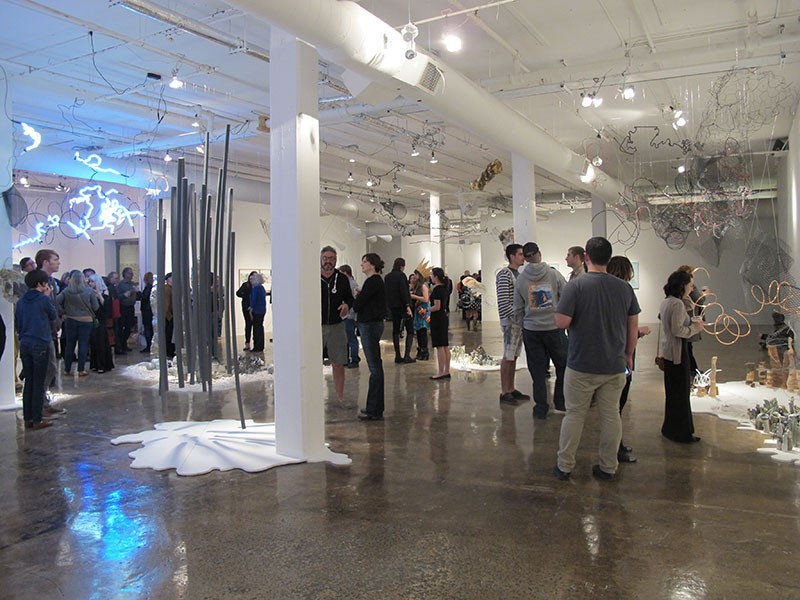
Although CAM has been around for three decades, there's some confusion over its 30th anniversary, since CAM has existed as an independent organization for just for 12 years. Meanwhile Blue Star, where it all began, will celebrate its 30th anniversary next year.
"While Contemporary Art Month is celebrating 30 years of CAM happenings in San Antonio, we are not celebrating a 30th-year anniversary," Roberta Hassele, CAM co-chair, noted in a statement. "Instead, the year 2015 marks our 30th year of consecutive key CAM events held in San Antonio. CAM became an independent project in 2003. We received our (nonprofit) designation letter in early July 2012."
The inaugural CAM began in summer of 1986 as an effort by the city's artists to turn a negative into a positive.
The negative came in February 1986 when the San Antonio Museum of Art fired contemporary art curator Stephen Bradley for "gross insubordination" and canceled a planned summer show featuring 25 local artists – many of them respected teachers at local colleges – dubbed "San Antonio Contemporary."
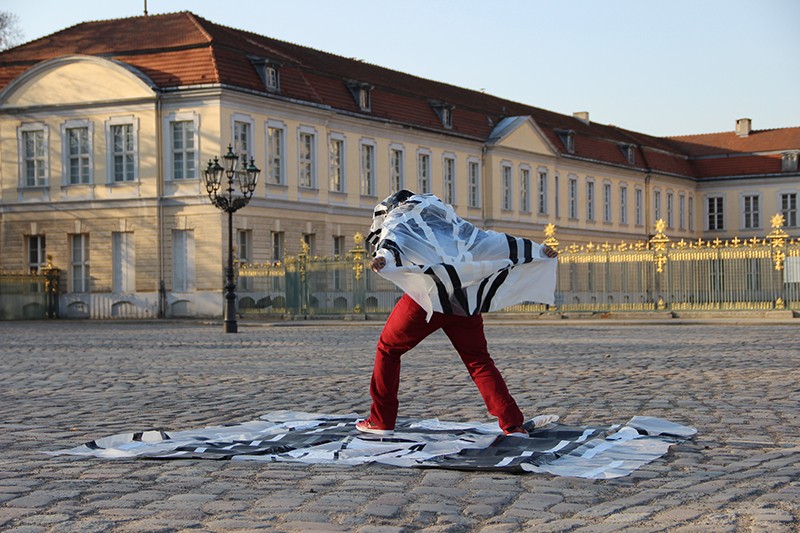
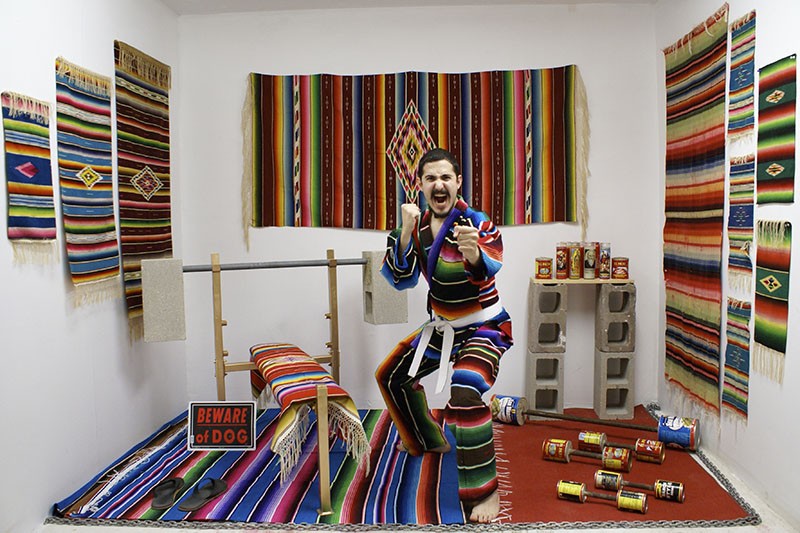
Bradley contended he was falsely accused of making negative comments about John Mahey, then SAMA's director. Mahey, whose taste ran more to Italian baroque than Robert Rauschenberg, couldn't understand why the dismissal of his chief curator even made headlines, since "bank vice presidents have more influence." Mahey proposed to replace the curated contemporary show with a juried exhibit, but he severely underestimated the negative reaction from artists, who were looking forward to a more selective, professional show.
Jeffrey Moore, then director of the Southwest Craft Center (renamed the Southwest School of Art in 2010), became the leader of a loose coalition of local artists who banded together to stage a replacement show in the Blue Star Project, a collection of 1920s-vintage warehouses being developed by Arthur "Hap" Veltman. Artists rolled up their sleeves and shoveled decades of accumulated dirt and debris out of the warehouse, dubbed the Blue Star Art Space. The replacement show, "Blue Star I," opened on June 27, 1986.
"At first, the artists wanted the Craft Center to stage the show, but I thought that would have been political suicide," Moore said in a phone interview from Denver, where he owns a home décor business. "I have to give a lot of credit for the idea of Contemporary Art Month to Suzanne Detwiler (now Scott, head of the San Antonio River Authority) who was my PR person at the time ... We came up with a month's worth of events, created a calendar and got City Council to proclaim Contemporary Art Month. I'm shocked that CAM has lasted 30 years, but it's obviously a good thing."
Scott said Moore still deserves credit for organizing CAM and building support for it, but she saw her job as getting the word out about San Antonio's growing community of artists. And she's still vested in the arts – she's chairwoman of Bexar County's United Arts Fund and has also pushed for public art installations along the Mission Reach.
"The first CAM was the first time the city really focused on contemporary art," Scott said. "People were a little reluctant to deal with 'the shock of the new,' but CAM showed that contemporary art takes many forms and it wasn't all trying to be shocking. To me, CAM still shows how large and vibrant the art scene is in San Antonio."
Among the artists showing at the first Blue Star show were Richard Thompson, John Tweddle, Gary Schafter, Diane Mazur and James Cobb (who'll unveil a solo CAM 2015 exhibit March 6 at Sala Diaz). Along with "Blue Star I," the first CAM included SAMA's "Open '86" juried show featuring 115 artists and the "San Antonio Circumference" at the bygone San Antonio Art Institute. The second CAM in 1987 spotlighted 14 exhibits. This year, the CAM calendar is crammed with more than 120 exhibits, performances, concerts and other events.
Andy Benavides, whose SMART initiative included CAM for a few years, thinks CAM is now better organized than ever. He is touting a new website for the Southtown Arts District (southtownartsdistrict.com) with maps and community-driven pages he hopes will make it easier to find CAM events.
"People have really stepped up to the plate for CAM," Benavides said. "They have a strong, active board and they're raising money. In my 20-plus years on the scene, I've seen a lot of stuff come and go, but CAM is still going strong."

